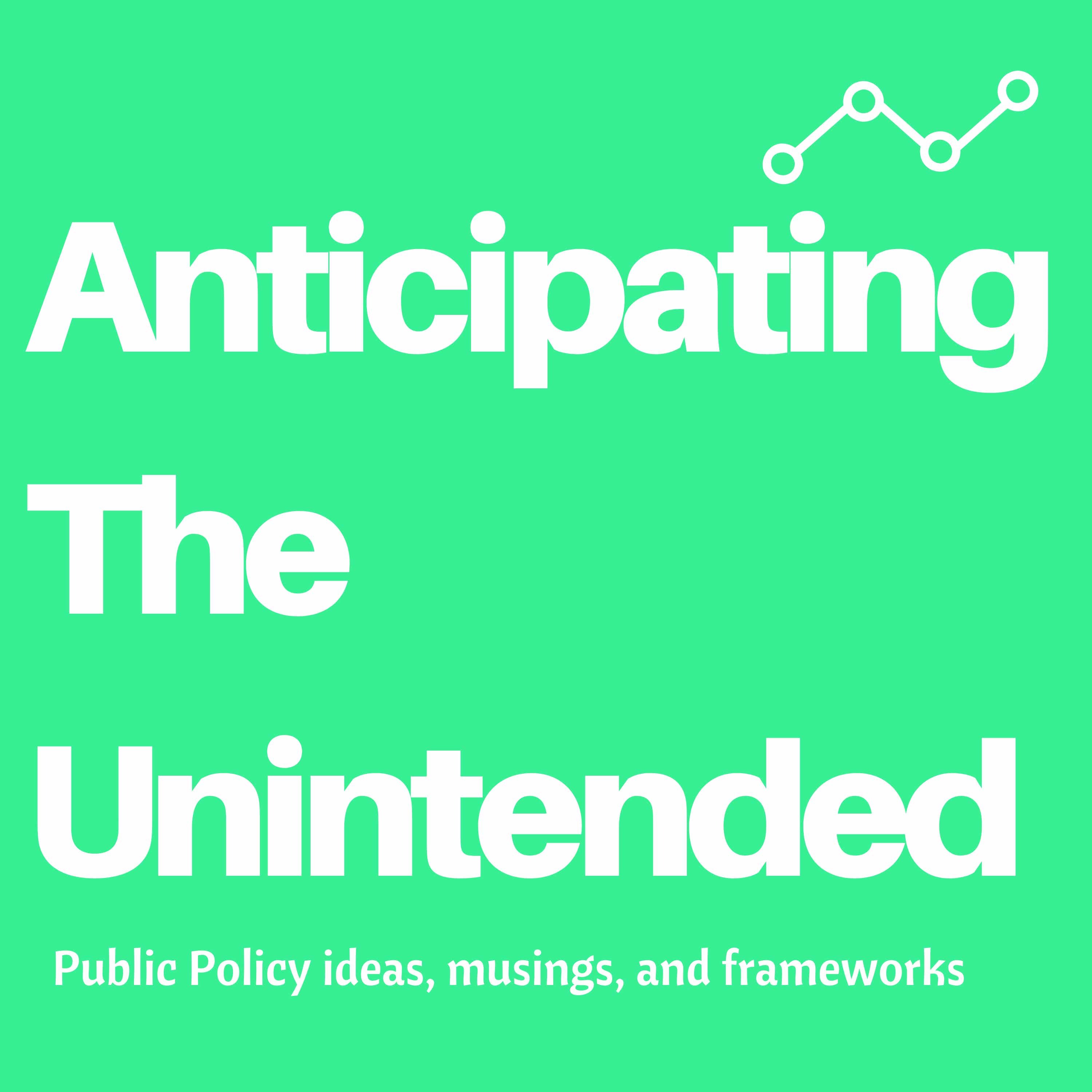#182 Aisa Mauka Phir Kahan Milega?
Description
Global Policy Watch #1: The Many Transitions In China
Global issues and their implications for India
— RSJ
In a few editions in the past, we have alluded to structural challenges in the Chinese economy and the window of opportunity that it presents India. I thought it would be useful to take a more comprehensive view of this.
China reported a GDP growth of 0.4 per cent in the quarter that ended in June 2022. China's National Bureau of Statistics (NBS) isn’t known for its allegiance to truth. It is safe to assume the real GDP would have shrunk in the quarter. The daft ‘zero Covid’ policy led to total lockdowns in major cities during the quarter. The government crackdown on the real estate sector has meant that investment in the sector fell sharply. These contributed to the slowdown. Two other data points are interesting to note. The unemployment rate among the youth aged between 16-24 was at an all-time high of about 20 per cent. Also, retail sales continued to be weak at about 2.7 per cent, much below the 5 per cent forecast. Domestic consumption, the great desire of Chinese policymakers, remained sluggish. The spokesperson for the NBS put up a brave face while spinning these numbers as short-term bumps on the road. He raised the possibility of global stagflation and its negative impact on China to possibly justify weak numbers in the future.
But is this slowdown just a blip in the impressive rise of China in the past three decades? I’m not sure. There are three transitions underway in China right now. It is difficult for nations to pull off any one of these in normal times. To attempt three simultaneously is ambitious. It is most likely to fail. Anyway, back to these transitions.
The first transition started a few years back. This was forced on it because economics doesn’t bow to the party's diktats. China is finding it difficult to transition from a manufacturing-heavy, investment-led economic model to a consumption-driven one. This couldn’t be avoided. There would always be a limit to the world’s capacity to absorb China’s imports. Also, as China grew richer, it knew its low-cost edge in manufacturing would wither away. So after a few years of structural overinvestment in building capacity - the bridges to nowhere, the ghost cities, empty airports and other excesses - it had to pivot to a consumption-driven economy. It did try to delay the inevitable transition by aiming to export this overcapacity through its belt and road initiative. But after the initial hoopla, most countries have come to see it as what it is. A debt trap. So, this transition was necessary to move away from growth predicated on size and scale of investment to a more sustainable model of higher quality. But this is proving to be difficult. The history of unproductive investments has led to a debt build-up in the system (the debt to GDP ratio in China is over 300 per cent) and a drag on productivity that will continue for a long time. The state-owned enterprises (SOEs) that led this investment-driven growth are in a debt trap, and many continue to stay afloat by evergreening their loans. New productive investments have suffered because of this. People aren’t sure of their future, so instead of consumption, there’s an increase in domestic savings. Also, the pandemic and the recent lockdowns haven’t helped consumption growth. This is going to be a long, painful road.
The second transition has been brought upon it because of its confidence in creating a ‘patterned’ society based on a premeditated design of the society. The prime example of ignoring spontaneous order was its plan to control the population through a one-child policy. China is now past the peak of its demographic dividend. The Labour force in China peaked in 2015 at around 800 million. It has now shrunk to 783 million, almost what it was in 2010. In the next 15 years, this is projected to go down to about 650 million. The stupid notion of the popula
More Episodes
Prediction Time
—RSJ
In a year when countries as diverse as India, the United States, the United Kingdom, Russia, Taiwan, Pakistan and Palau go for their elections, it is tempting to go for an overarching theme for the year while looking ahead. Unfortunately, like these aforementioned elections...
Published 01/14/24
Published 01/14/24
Happy New Year
— RSJ
Happy 2024, dear readers!
We hope 2023 was good for all of you. If it wasn’t, we are glad that it’s behind you. We didn’t have too bad a 2023 ourselves. This newsletter went along swimmingly (or so we think) and we had our book ‘Missing in Action: Why You Should Care About...
Published 01/07/24


